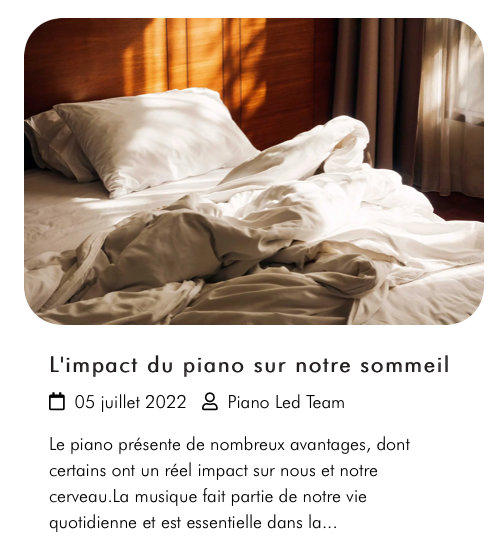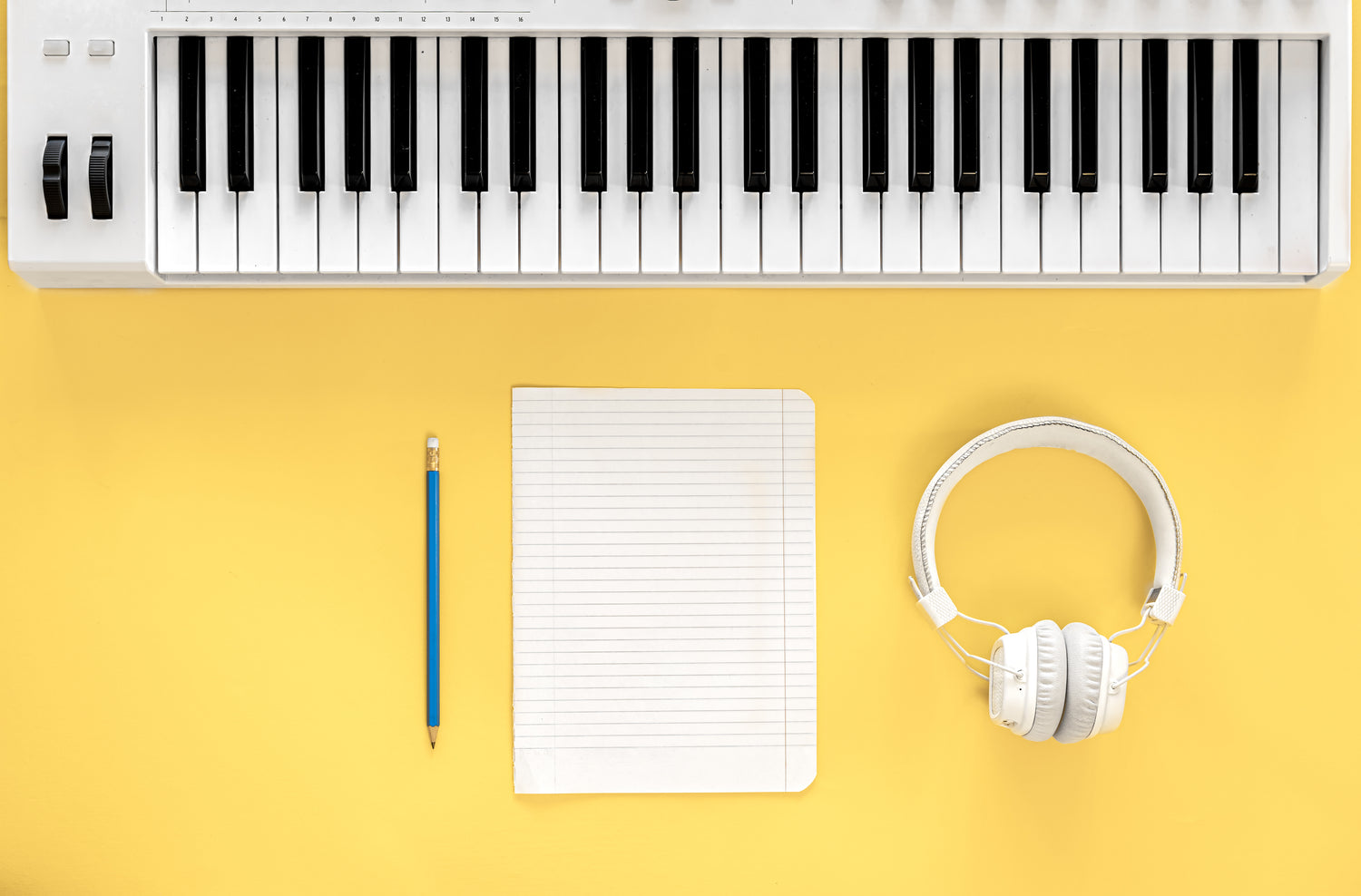Piano composition offers great artistic freedom, allowing composers to express their creativity through this versatile instrument. In this article, we'll explore the different techniques of piano composition, highlighting the approaches and styles used by composers to create unique and captivating works.
👉 Whether you're an aspiring composer or a music lover interested in the composition process, this article will provide you with an overview of the various techniques used in creating piano pieces.
I. Melodic writing techniques
Creating motifs
Melodic motifs are short and repetitive sequences of notes that often become the central theme of a composition. Composers use motifs to create catchy and recognizable melodies, varying intervals, rhythms and repetitions to bring interest and coherence to the composition.
Using expressive melodic lines
The melodic line is the progression of notes that creates a melody. Composers can use expressive melodic lines to convey specific emotions and nuances. This can include the use of ascending or descending notes, melodic leaps, syncopations and other techniques to create evocative musical phrases.
👉 If you just want to learn to play the piano on your own, this is the place!
II. Harmony techniques
Using chords and harmonic progressions
Chords are the basis of harmony and musical structure. Piano composers can explore different chord types (major, minor, diminished, etc.) and harmonic progressions to create different moods and emotions in their compositions. Chords can be used conventionally or more experimentally to create unique sounds.
Exploring modes and scales
Modes and scales are sets of notes that define the melodic and harmonic structures of a composition. Piano composers can experiment with different modes (such as major, minor, Dorian, Lydian, etc.) and unconventional scales to create distinct and original musical moods.
III. Texture and playing techniques
Use of registers and dynamics
Piano composers can create a variety of textures by exploiting the piano's different registers, from low to high. In addition, they can use dynamics (forte, piano, crescendo, diminuendo, etc.) to add depth and nuance to their compositions.
Integrating complex rhythms and polyrhythms
Piano composers can experiment with complex rhythms, asymmetrical rhythmic patterns and polyrhythms (the superimposition of several simultaneous rhythms). This adds complexity and rhythmic interest to their compositions, creating unique patterns and grooves.
Conclusion
Piano composition offers a vast field of exploration for composers, with infinite possibilities in terms of techniques and styles. The various techniques of piano composition, be they melodic writing, harmony, texture or playing, enable composers to create expressive and captivating musical works. By experimenting with these techniques and developing their own style, composers can bring unique and timeless compositions to life. Whether you're a budding composer or a music lover, feel free to explore these different techniques and give free rein to your creativity at the piano keyboard.
👉 If you want to play in a group but are still unsure about the benefits, this is the place!






Laisser un commentaire
Tous les commentaires sont modérés avant d'être publiés.
Ce site est protégé par hCaptcha, et la Politique de confidentialité et les Conditions de service de hCaptcha s’appliquent.